I am currently updating this site, so a few things may be missing but will be back shortly.
Allstar Nodes 27044 and 27607 are online!
Yesturday Ed KD7YAT and I went up to Sacaton and made some great progress. We got the Wifi antenna pointed in the right direction and now have internet there. I was able to interface 224.920 (Node 27607) and 927.650 (Node 27044) to the node computer, and set all the levels.
Damage from the Storm
Well sad day in Montycopa… Due to the massive storm that Montycopa head on July 5th, my tower fell and had to be cut down. Now I have more reason to put up my 90 foot free standing Rohn 🙂
New Wifi Deployment – Casa Grande
On July 4th I put up the Access Point end of a path from my friend’s house in Casa Grande and pointed to the other end being Sacaton Peak. The other end was already up on Sacaton from the link to Tempe Freescale Tower 444.275 used to live in. Amazingly enough with the antenna on Sacaton pointing 90 degrees off, they still connected!
444.275 Installed in Its new Home!
We got the “Go Ahead” and installed 444.275 in its new home at Freescale in Chandler, AZ. It is stand alone as of right now until the internet is installed and then will be linked in to the system.
927.650 and 224.920 are on Sacaton
Jan 18th Chris N7TWW, Mark N7MK and I went up and took down the old antennas, put up the new antennas and ran new 7/8″ hardline.
Jan 24th we returned with repeaters and installed them. They will eventually be linked into the entire system, but for now are just linked together for now.
Packet
Here’s a map I made of the working Packet radios around Arizona.
View Arizona Packet Radio in a larger map
Voip/Roip
Echolink is very fun, and easy. You can start with just a headset and a computer.
First Step
Go to Echolink.org and download the program. Register, and get going making contacts, and most importantly, HAVE FUN!!! I like Echolink for this fact, that you can talk around the world on your laptop. And when you are in the middle of where there is no repeater, but have internet access, you can talk to your friends.
Second Step
After you have fun talking with your computer, you might want to experiment with hooking a radio to your computer through some type of interface. You would simply use a simplex frequency and you can control echolink on your computer, through the DTMF on your other radio. Pretty cool! You can buy a interface, there links on Echolink.org , or build you own.
Building your own interface
There are quite a few plans out there, one that is close to what I built is K0KN’s.
Last Step
Make your own repeater! And interface a Echolink node into the mix.
Other VOIP Interests
AllStar Link-Linux based, Full Duplex, and built on the popular Asterisk PBX.
IRLP-Linux based, very nice interface. I like the idea of a onboard DTMF decoder. And some nodes are capable of Echolink aswell (EchoIRLP).
TheLinkBox-Linux Based, make your own interface, capable of Echolink, IRLP, and now AllStar
D-Star
It’s APCO for hams! It is really cool. You can surf the web, check email, TXT message, send your postition, and much more, ALL DIGITALLY! And listening to it on Analog is cool.
D-PRS
It is like APRS, but Digital, Duh… Right? I would say it is much easier, than APRS in the way that you don’t have to buy a TNC. All you need is a GPS receiver, and make/buy a cable. Most D-Star radios have a diagram in the manual. Program in a few GPS sentences, aquire GPS signal, and your ready.
D-Chat
There are a couple of them out there, but I believe this is the most common one. TXT messaging from computer to computer. You can also TXT just from the radio too.
Crossband
I really love to use my HT, and crossband helps me do that.
If you have a mobile radio with Dual Receive, such as FT-8800/8900, TM-V71A, or IC-2820 chances are, you can crossband. Be sure to check your owners manual for proper setup and procedure. The Kenwood V71 can actually be controlled by DTMF from your HT and become a Frequency Agile Remote Base. It can also be used on echolink with the right cable.
Normal Crossband
Normally you just set one side of your radio to a VHF or UHF simplex frequency that is on the opposite band of the repeater your trying to use. If both are simplex frequencies, you would have a faster return time. But if it is a repeater, you have to wait for the repeater to drop before you can return.
Smart Crossband
Some repeater owners frown on crossband use on their systems, but with a little help, you can operate crossband without any trouble to you, the users, or the repeater system owner. On your simplex frequency you are using, it is a good idea to set both your HT and mobile radio to Encode/Decode. Meaning both radios require the same tone to pass audio, like a repeater. And if your lucky enough that the repeater Encodes a tone, your even more golden. You set the repeater side of your radio to Encode/Decode as well. Your return time will be dependant on how long the Tone is encoded on the repeater.
Crossband Boost
If your HT has no problem hearing the output of the repeater, and just has trouble getting in full quieting, then Crossband Boost is for you. It will even make your return time to almost instant. You adjust your mobile to the input of the repeater, and
make sure you take off the split, or you’ll transmit on the output of the repeater. Encode/Decode your simplex side of the mobile and you can just Encode on your HT. Here’s the tricky part, you need to find out how to setup your HT to make a weird split. My yaesu FT-60 can do it. You want it to recieve on the repeaters output, say VHF, and transmit on your simplex frequency, UHF. Once you get that, your ready to roll.
A good rule of thumb, is to contact the repeater owner, tell them what you plan to do, and see if it is alright.
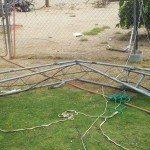
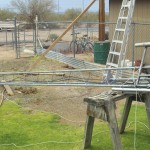
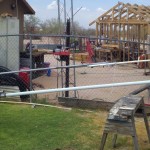
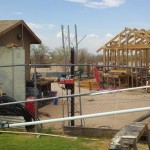
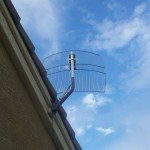
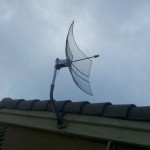
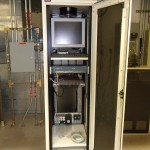
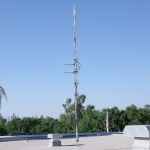
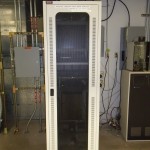
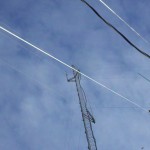
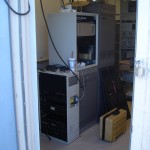
Recent Comments